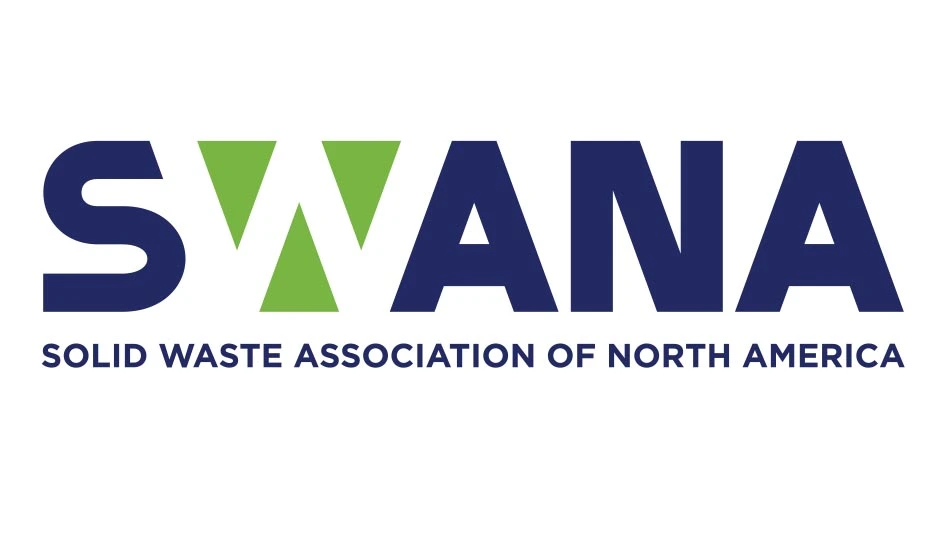
Photo courtesy of Terex Recycling Systems
The ZenRobotics and Terex Recycling Systems business units of Connecticut-based Terex Corp. have implemented an advanced robotic sorting plant for construction and demolition (C&D) materials in Denmark.
RGS Nordic, a Danish waste and recycling company specializing in C&D materials, processes up to one-third of Denmark’s discarded C&D material annually.
With its new robotic sorting plant in Copenhagen, the company has improved its operations, maximizing recycling rates through precise robotic sorting, ensuring materials are increasingly returned to the production cycle rather than downcycled or incinerated, according toTerex.
“We’ve been sorting waste for many years—it’s the bread and butter of our operations,” says Rasmus Brødsgaard Buch, chief operating officer of RGS Nordic. “What we saw in the ZenRobotics and Terex Recycling Systems technology, combined with their expertise, was an extension and improvement of what we already do.”
The new facility features an automated sorting line that is not accompanied by any hand sorting. At the front end, a TSD-280 3D Terex trommel screen processes up to 45 tons per hour, separating oversize materials and eliminating the need for pre-shredding, according to the companies.
Next up is a ballistic screen that classifies materials into two-dimensional, three-dimensional and fines (smaller than 80 millimeters, or about 3 inches) streams.
Integrated magnets extract ferrous metals while a dedicated feeding bunker provides what Terex calls consistent material flow to the robotic sorting line.
The sorting line features four ZenRobotics 4.1 Heavy Picker robots, which Northern Ireland-based Terex Recycling Systems says are capable of identifying and sorting up to 10 recyclable fractions in a single pass.
The robots handle objects ranging from three inches to nearly 4 feet in size and weighing up to almost 90 pounds. The robots are designed to increase their recognition of marketable pieces of material and can be adapted to sorting tasks based on customer demand and market opportunities, according to Terex.
The equipment providers says the plant is monitored and optimized through a remote control and data system designed to provide real-time insights into the composition and performance of the materials stream.
“The planning, design and installation process was smooth and professional,” Buch says. “It just happens to be robotic and automatic. It was clear we weren’t the first customer to go through this, and that gave us confidence. The team helped us define, scope, and execute the project from start to finish. It was an all-in solution, and that was very convenient on our side.
“Ultimately, our goal is to recycle or recover as much as possible. Mixed waste is largely unusable, but sorted materials can be returned to producers, [and] that’s what we aim to do—serve inbound customers with a solution for the more challenging waste materials, and outbound customers with recyclable materials to be repurposed into something new.”
The companies say the fully automated nature of the plant also enhances the safety of employees by minimizing direct contact with materials.
Latest from Waste Today
- Veolia hires VP for municipal water contract operations
- Volpatt Construction releases midyear waste diversion data
- Textile Recycling Expo USA launches in Charlotte, North Carolina
- University of Richmond wins first place in Campus Race to Zero Waste
- Northeast Recycling LLC buys Mass Green Disposal Services LLC
- Trash Fairies expands partnership with RangeWater Residential
- SWACO considers waste characterization study
- SSI SR900F shredder designed for RDF production





